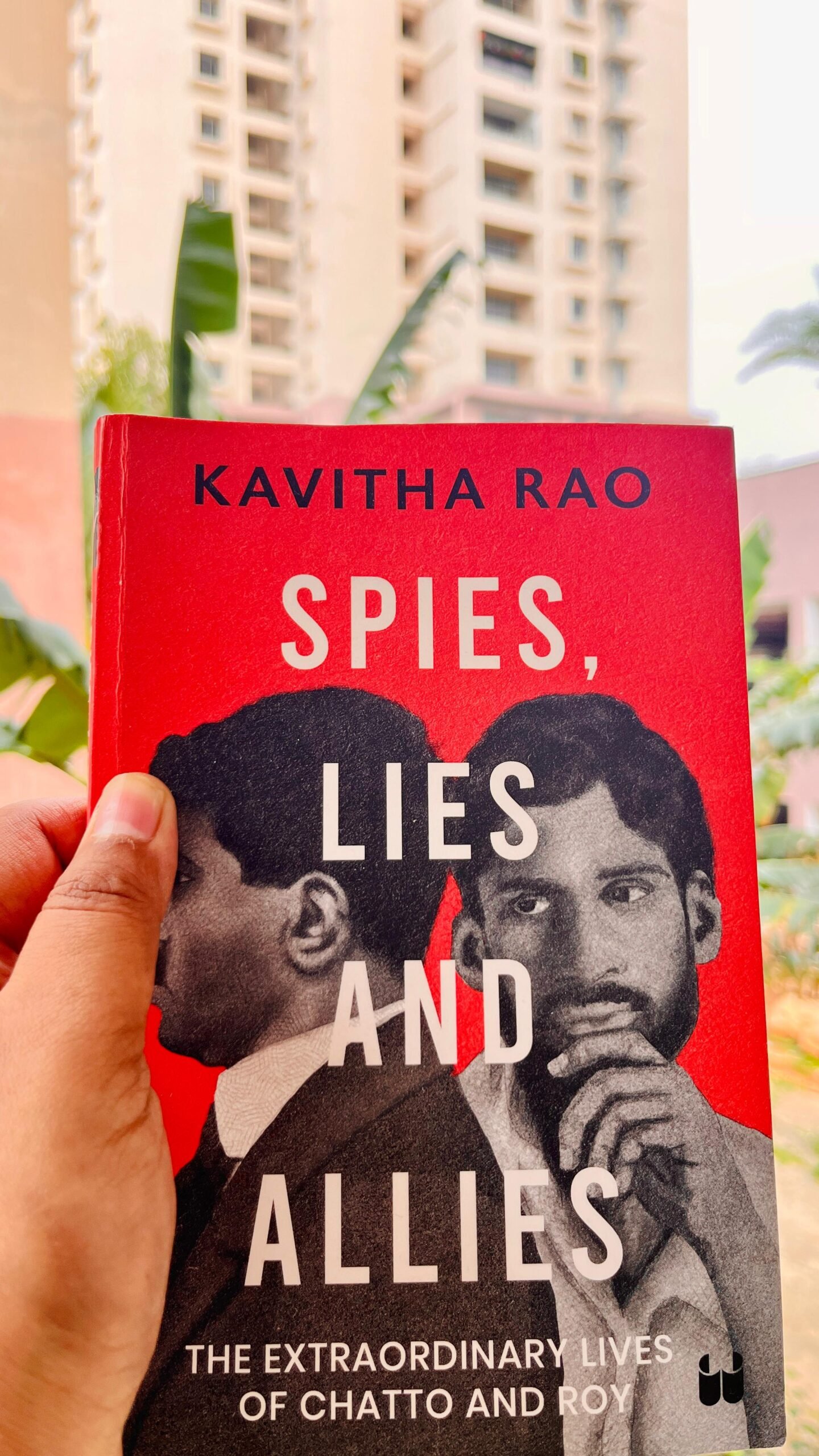
In Spies, Lies and Allies, Kavitha Rao breathes life into Virendranath Chattopadhyaya and M. N. Roy’s forgotten odysseys. Kavitha Rao’s fast paced prose carries us from Kolkata’s humid dawns to clandestine cafés in Paris. We read about coded letters slipped under hotel doors, whispers in autumnal Moscow, footsteps on rain-slicked London streets. From the first page, Spies, Lies and Allies challenges us to expand our notion of heroism beyond polished triumphs and scripted speeches. It asks: what if we celebrated ambition even when it faltered, ideas even when they failed, and stories that history tried to erase?
1. Heroism Beyond Victories
History often equates heroism with unblemished success. Rao reminds us that real courage sometimes wears ragged edges. Chatto’s Berlin disguises and Roy’s prison posts in Mexico City defy tidy narratives. These mavericks risked everything without guarantee of glory. By highlighting their covert missions, Rao urges us to value the journey as much as the outcome.
2. The Magnificent Failures
Rao labels her protagonists “magnificent failures.” Chattopadhyaya’s guerrilla networks collapsed under Stalin’s purges. Roy’s communist experiment fractured friendships as fiercely as it ignited minds. Yet in those failures lie lessons in resilience and reinvention. Their lives testify that even dashed hopes can fuel new ideas and fresh beginnings.
3. Espionage and Ideology
Spies, Lies and Allies stitches espionage with ideology. Rao details Chatto evading British agents and Roy debating anarchists over smoky Mexican cafés. She balances scholarly rigor with narrative flair. Readers gain insight into early twentieth-century revolutions while sharing intimate glimpses of clandestine strategies. For a broader context on India’s freedom struggle, see our review of History’s Hidden Rebels.
4. Flaws That Illuminate
Rao refuses hagiography. She exposes Chatto’s hubris and Roy’s ideological rigidity. Their love affairs with espionage strained alliances. By exposing these imperfections, Rao deepens our empathy. We discover that flawed heroes can reflect our own contradictions and spur us toward honest self-reflection.
5. Reclaiming Complexity
A narrow focus on Gandhi and Nehru risks eclipsing other voices. Rao’s work is a corrective lens. She restores our collective imagination by reviving two giants from the footnotes. As the author notes on her official site, understanding myriad perspectives enriches our grasp of India’s making.
6. Living Archive of History
Rao invites curious readers to treat history as a living archive. She exhorts us to peel back varnish, trace fingerprints, and listen for silenced voices. For primary-source context, explore the Wikipedia entries on Virendranath Chattopadhyaya and M. N. Roy.
Conclusion
Spies, Lies and Allies compels us to rethink our heroes. We dared. We faltered. Yet in imagining new worlds, we became more than ourselves. Rao’s vivid storytelling keeps these extraordinary lives alive. Read it, and you may find your own spark to challenge the narratives you inherited.
